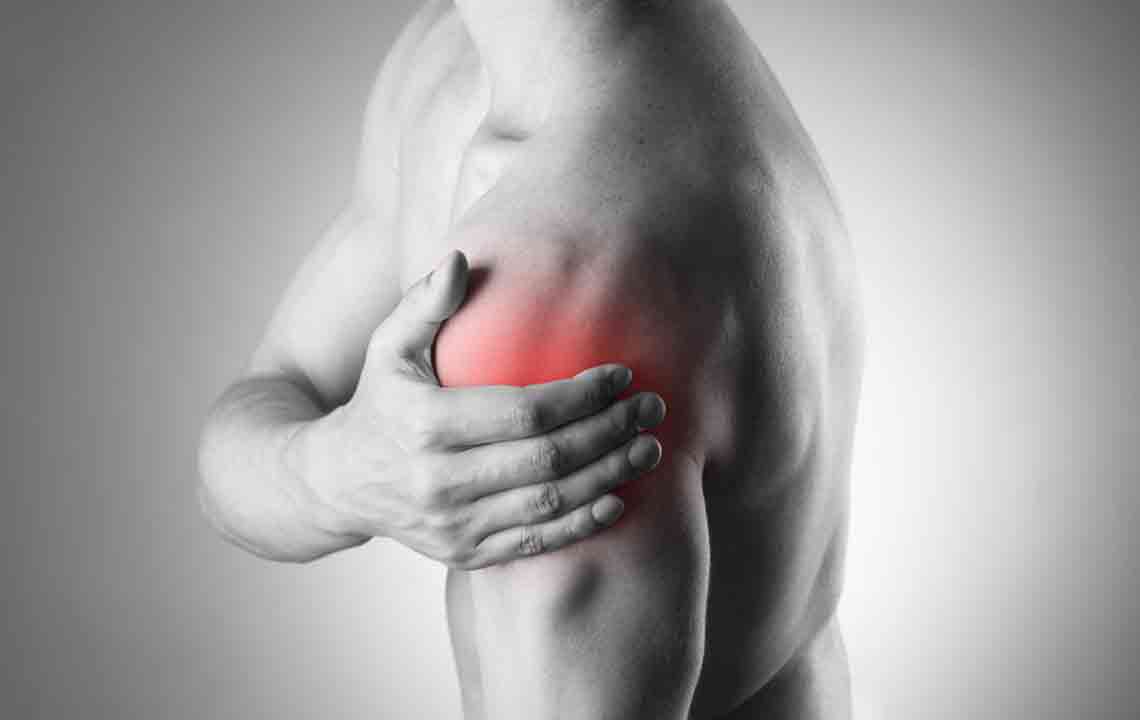Comprehensive Guide to Shoulder Pain: Causes, Symptoms, and Effective Treatment Strategies
This comprehensive guide explores the anatomy, causes, symptoms, diagnosis, and treatment options for shoulder pain. It emphasizes the importance of early detection and proper management to restore shoulder function and reduce discomfort, providing valuable insights for patients experiencing shoulder issues.

The human shoulder is an incredibly versatile and complex joint, enabling a wide range of motion necessary for daily activities and specialized tasks. Its remarkable flexibility, however, makes it prone to various injuries and disorders. Shoulder pain can significantly impact quality of life, limiting mobility and causing discomfort. Understanding the anatomy, potential causes, symptoms, and treatment options is essential for effective management and recovery.
Understanding Shoulder Anatomy
The shoulder joint, also known as the glenohumeral joint, is a ball-and-socket joint that connects the upper limb to the torso. It is composed of three main bones: the humerus (upper arm bone), the scapula (shoulder blade), and the clavicle (collarbone). These bones are stabilized and supported by a complex network of muscles, tendons, ligaments, and bursae.
The rotator cuff, a group of four muscles and tendons, plays a pivotal role in shoulder stabilization and movement. Supporting structures such as the labrum, which is a cartilage ring around the socket, and the acromion process, a bony projection of the scapula, also contribute to joint integrity and mobility.
Common Causes of Shoulder Pain
Shoulder pain can originate from various issues, often related to overuse, injury, or degenerative conditions. Some of the most common causes include:
Rotator Cuff Injuries: These include tears, tendinitis, or impingement syndrome resulting from repetitive overhead activities.
Shoulder Impingement: Occurs when tendons or bursae become compressed during shoulder movement, causing pain and inflammation.
Dislocated Shoulder: When the upper arm bone pops out of the shoulder socket, often due to trauma or trauma-related injury.
Frozen Shoulder (Adhesive Capsulitis): Characterized by stiffness and pain due to thickening of shoulder tissues, often following injury or immobilization.
Arthritis: Degenerative conditions like osteoarthritis can cause joint inflammation and pain.
Nerve Impingement: Compression of nerves, such as the brachial plexus or cervical nerves, leading to radiating pain and numbness.
Recognizing Symptoms
Symptoms of shoulder problems vary depending on the cause but often include:
Persistent or intermittent shoulder pain, especially during movement
Stiffness and reduced range of motion
Swelling and tenderness around the joint
Weakness or fatigue in shoulder muscles
Clicking or popping sounds during shoulder movement
Numbness or tingling in the arm or hand if nerves are involved
Early recognition of these symptoms is crucial for timely treatment and to prevent worsening conditions.
Diagnosis of Shoulder Disorders
Medical evaluation typically involves a detailed patient history and physical examination to assess joint stability, pain points, and range of motion. Imaging studies are often required for definitive diagnosis:
X-rays: Provide clear images of bones and can reveal dislocations, fractures, or arthritis.
MRI (Magnetic Resonance Imaging): Offers detailed views of soft tissues, including tendons, ligaments, and muscles, useful for detecting tears or inflammation.
Ultrasound: Useful in evaluating rotator cuff tendons and guiding certain treatments.
Treatment Options for Shoulder Pain
Treatment strategies depend on the underlying cause and severity of the condition. Conservative methods are usually the first line of approach:
Rest and Activity Modification: Avoiding activities that exacerbate pain to facilitate healing.
Physical Therapy: Targeted exercises to strengthen shoulder muscles, improve flexibility, and restore function.
Medications: Nonsteroidal anti-inflammatory drugs (NSAIDs), pain relievers, and corticosteroids can reduce pain and inflammation.
Ice and Heat Therapy: Applying ice packs to reduce swelling or heat to relax muscles.
Injections: Corticosteroid injections can provide temporary relief from severe inflammation.
Surgical Intervention: When conservative treatments fail, options include arthroscopic surgery for rotator cuff repair, shoulder stabilization, or joint replacement in advanced arthritis cases.
Preventing Shoulder Pain
Prevention involves maintaining shoulder strength and flexibility through regular exercise, practicing proper techniques during physical activities, and avoiding repetitive overhead movements. Adequate warm-up and stretching before sports or heavy lifting can also help reduce injury risk.
When to Seek Medical Attention
Persistent pain that does not improve with rest, worsening symptoms, or loss of shoulder function warrants medical evaluation. Early diagnosis and treatment can prevent further damage and facilitate a faster recovery.
In conclusion, shoulder pain is a common but manageable condition. Understanding its causes, recognizing symptoms, and seeking appropriate treatment can significantly improve quality of life. Whether due to injury or degenerative disease, most shoulder issues respond well to a combination of conservative and, if necessary, surgical interventions.





